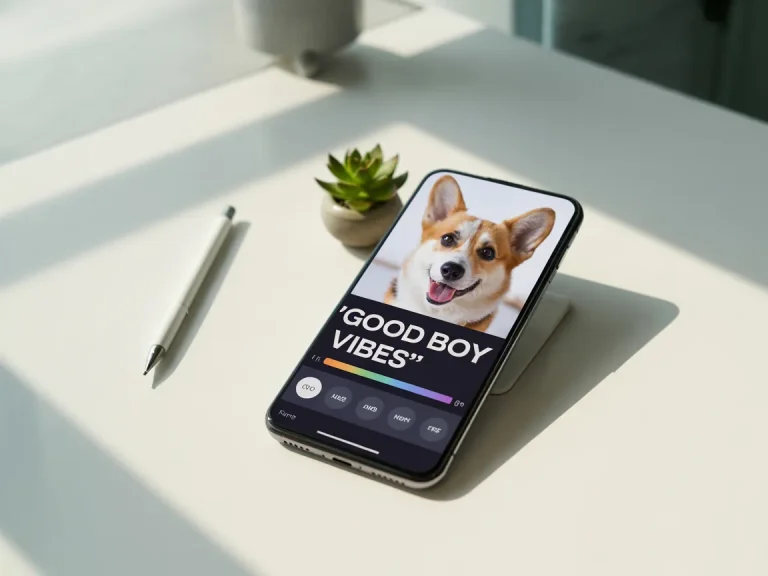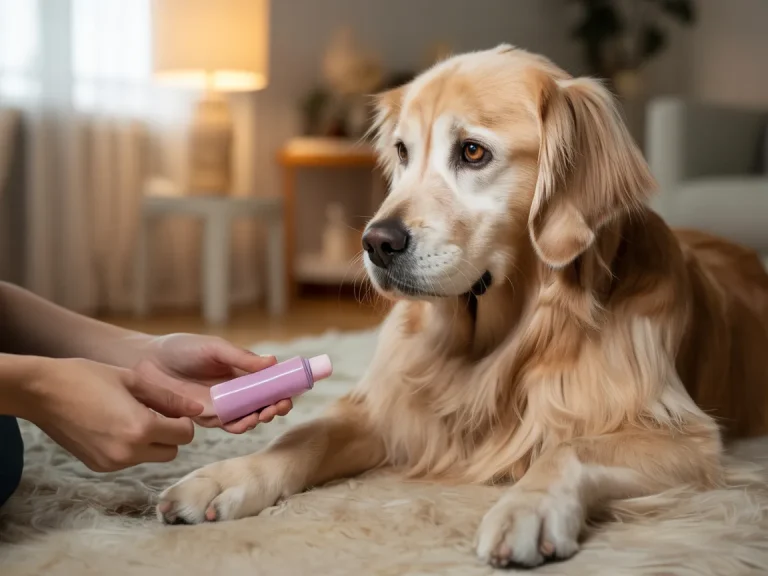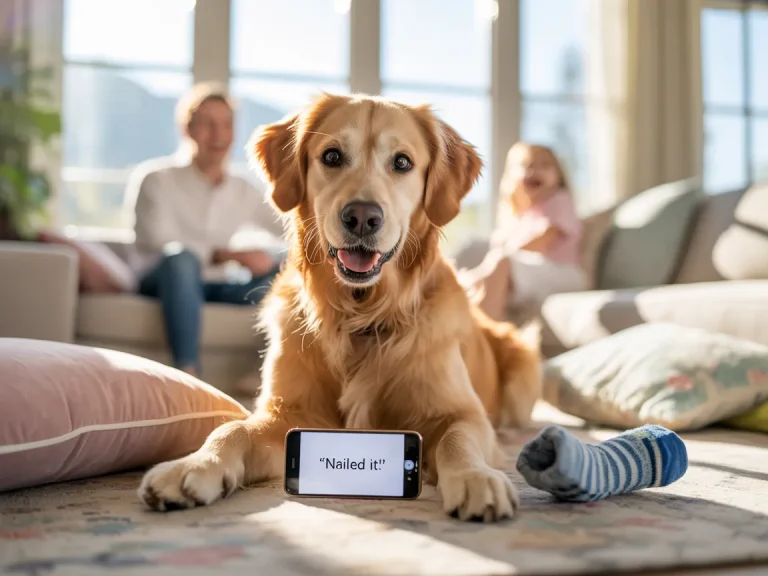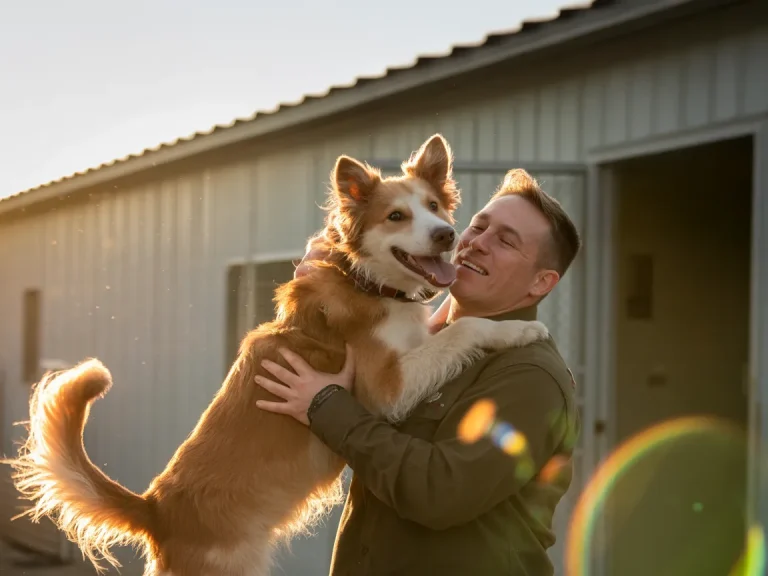Few movies get to the heart of why we love dogs the way Hachi: A Dog’s Tale does. It isn’t just a sad story—it’s a quiet masterclass in what makes bonds stick. Based on the real Akita, Hachikō, the film shows a dog who waits at the train station every day for his human, Professor Parker Wilson, and keeps coming back for nearly a decade after the professor’s death. That kind of devotion isn’t mystical—it’s built on habits, presence, and willingness to show up. Here are three of the six lessons (you can feel the rest coming) that any pet parent—or friend—can start living today.

1. Daily Rituals Are Relationship Glue
You’ve seen it: Hachi’s simple walk to the train station becomes the heartbeat of his relationship with the professor. It’s not a grand gesture. It’s the repetition, the “I’ll be here” signal over and over. Dogs thrive on consistency, and that’s exactly what these tiny shared moments give you—a predictable anchor in a world that’s otherwise noisy. Scientists have a fancy phrase for that—shared rhythmic activity—but you don’t need the jargon to feel it. It’s that small thing that says, “You matter. I’m paying attention.”
So what does that look like in your life? Maybe it’s a quick sunrise stroll together, a five-minute sniff-and-search game before dinner, or a cheeky “news recap” while you brush their coat—like you’re both winding down the day and catching up. It doesn’t need to be elaborate. Just consistent.
Those moments give your dog pieces of emotional structure; they start to expect them, and that expectation becomes comfort. And honestly, you get something out of it too. Even in the chaos of work, errands, and life, those tiny rituals become the anchor points you both come back to. Scroll through any “dogs of [insert platform]” feed and you’ll see the same pups in the same spot each day—those aren’t staged shoots, they’re traditions. They’ve turned routine into memory.
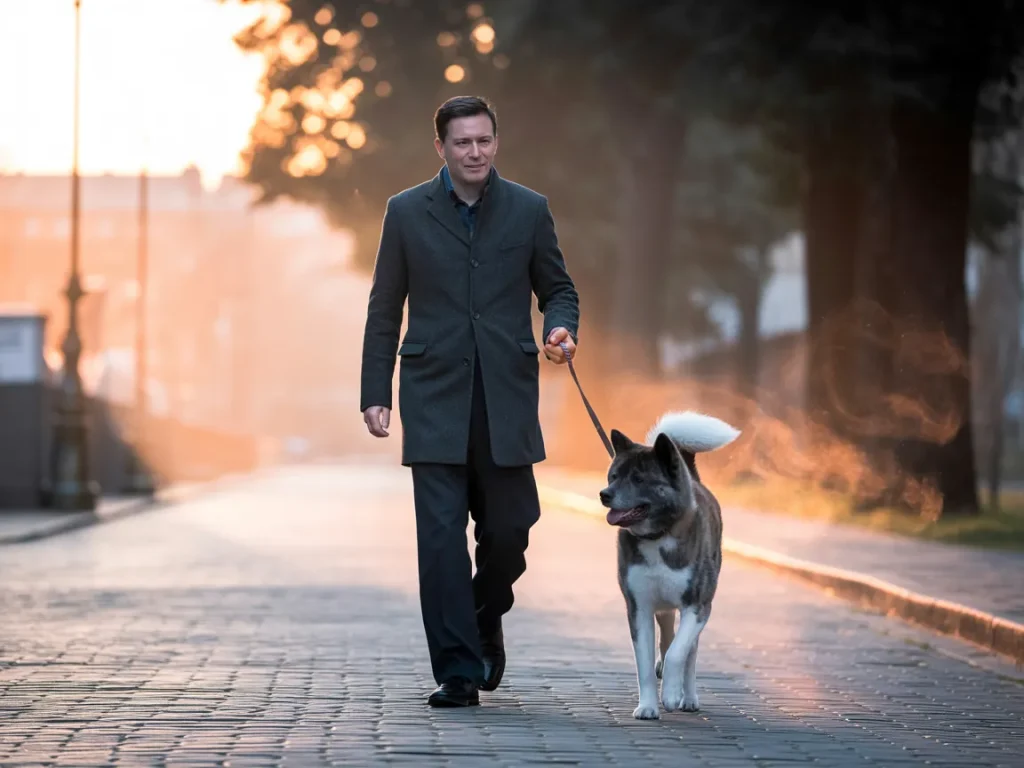
2. Loyalty Is a Verb, Not a Feeling
Hachi didn’t wait because he had a heartfelt speech about loyalty—he showed up. Day after day. Through rain, cold, and whatever else the calendar threw at him. That’s the key: loyalty lives in what you do, not what you say.
At home, the equivalent is in the small, unglamorous stuff. Refill the water bowl before it’s bone dry. Put the leash back where it belongs so you’re always ready. Use the same word for the same cue so your dog isn’t decoding your mood. Those little consistent actions stack, and your dog reads them like a love letter.
And if you step outside the dog world for a sec—think about your people, too. The friends who show up without drama, who answer the phone when you’re scrambling, who don’t vanish when things get messy—they’re doing loyalty. The movie doesn’t just make you feel for a dog. It quietly dares you to be the kind of dependable presence even your dog would admire.
3. Love and Loss Are Two Halves of the Same Coin
Here’s the tough truth the movie leans into without flinching: the deeper the connection, the sharper the potential ache when it’s gone. Hachi’s waiting isn’t just about love; it’s about what happens after the absence. He teaches us that you can’t have the richness of attachment without inviting the sorrow of goodbye.
So does that mean you hedge your heart? Not at all. Some of the most meaningful relationships come from choosing to love fully, even knowing the ending might hurt. That’s why people who adopt seniors, or open their homes to foster dogs, often say those bonds hit differently—intense, immediate, and sometimes brief. It’s risk with reward.
When the loss comes, having a little ritual to honor it helps. Light a candle in the evening, plant a tree where you two used to wander, leave an old collar on the bench where you used to sit. It’s not about “getting over it”—it’s about honoring what was and carrying it forward. Look at how many statues of Hachikō exist and draw visitors: those aren’t just tourist photo ops. They’re public acknowledgments that grief is real, that love leaves a mark, and that remembering is part of healing.
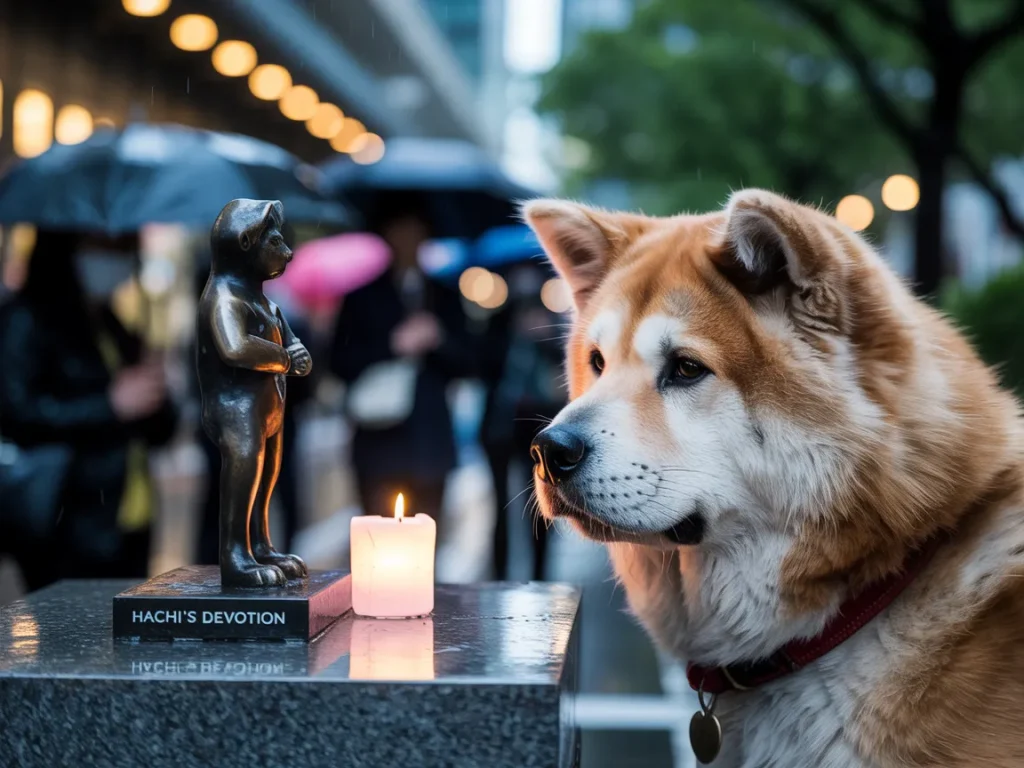
4. Silent Conversations Speak Loudest
You don’t hear a lot of words between Professor Wilson and Hachi, and that’s the point. Their bond lives in the quiet stuff—posture, the ease of a breath, a glance that says “I’ve got you.” Dogs are wired to read us like open books, noticing the tilt of a shoulder, the softening around the eyes, the way energy shifts before we even speak.
Want to level up? Try asking for a “sit” with nothing but a hand signal or a calm look. Don’t pile on verbal cues—just one clear movement, then reward fast when your dog gets it. Over time you’ll feel the feedback loop tighten: less confusion, fewer mixed messages, and a kind of unspoken rhythm emerging. It’s like learning to dance together without needing to call the steps out loud.
In busy homes—kids running, multiple dogs vying for attention—those quiet conversations become oxygen. Sharpening your nonverbal radar cuts down on the chaos. A single nod, a soft pause, or the way you position your body can settle things before someone starts barking or scrambling. It’s not magic. It’s tuning into the same frequency.
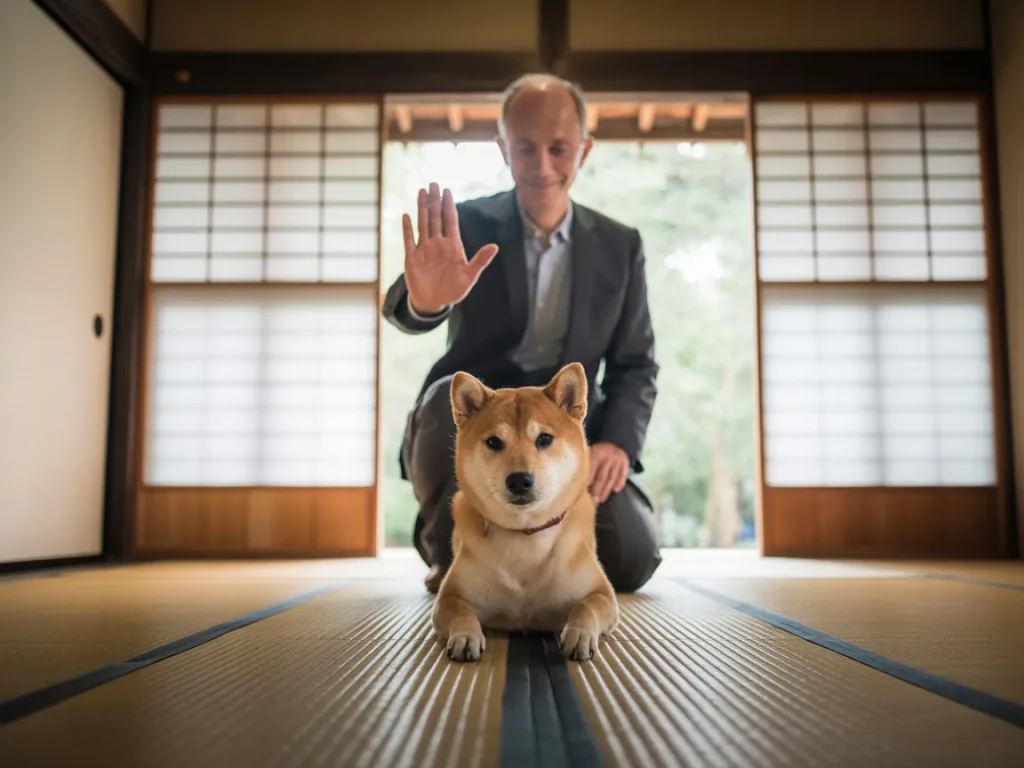
5. Bonds Ripple Out to the Community
Hachi didn’t live in isolation. The whole station became part of his story—vendors slipping him treats, commuters giving him space, strangers noticing and responding. One dog showing up faithfully pulled a whole town into a shared kindness. That’s the ripple effect: when someone commits, others want to be part of it.
You don’t need a statue to start that. Leave a water bowl by your gate on hot days. Share a lost-dog post and tag neighbors so the network stretches further. Invite a few folks to join a weekend walk—suddenly it’s not just your dog’s ritual, it’s a neighborhood thing. Those small, warm gestures broadcast a message: “We look out for each other here.”
And there’s a business lesson buried in there too. Think about the little café that remembers your dog’s name or the groomer who greets both of you like old friends. That kind of consistency builds the same kind of loyalty Hachi inspired—people come back because they feel seen, and their pets feel safe. Community isn’t an accident; it’s layered, one kind moment at a time.
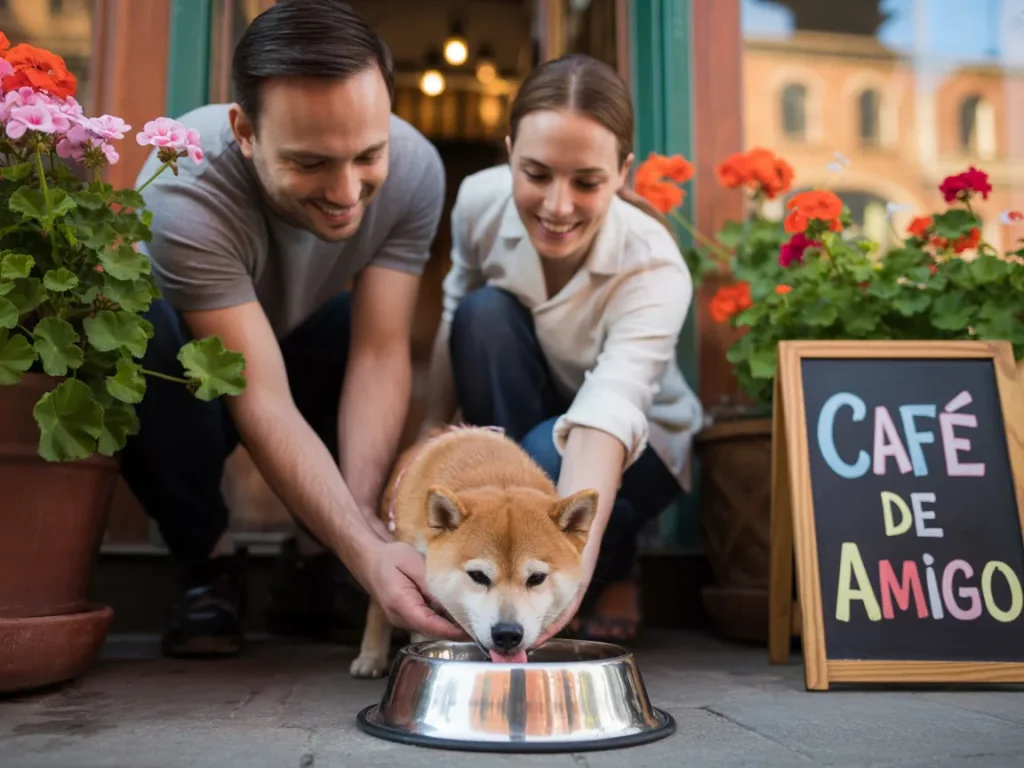
6. Legacy Is Built One Choice at a Time
Hachi wasn’t trying to become a legend. He was just doing the same thing every day, and those days added up. That’s what legacy looks like in real life—not some dramatic final act but the quiet accumulation of “I showed up,” “I stayed true,” “I cared.”
What’s piling up in your own story? Maybe it’s the shelter volunteer hours you never skip, the fosters you take in when you can, or the way you teach a child to approach a dog with patience. Those habits aren’t flashy, but they compound. Five minutes of consistent, kind behavior turns into trust. Trust turns into reputation. Reputation turns into legacy.
If you work in the pet world—trainer, walker, groomer—imagine your client experience through Hachi’s lens. Do you respond when expected? Do you show the same face, same quality, same little personal touch every time? Predictable excellence is the silent promise that keeps people coming back. Legacy isn’t a banner you hang. It’s the sum of the small choices you make again and again.
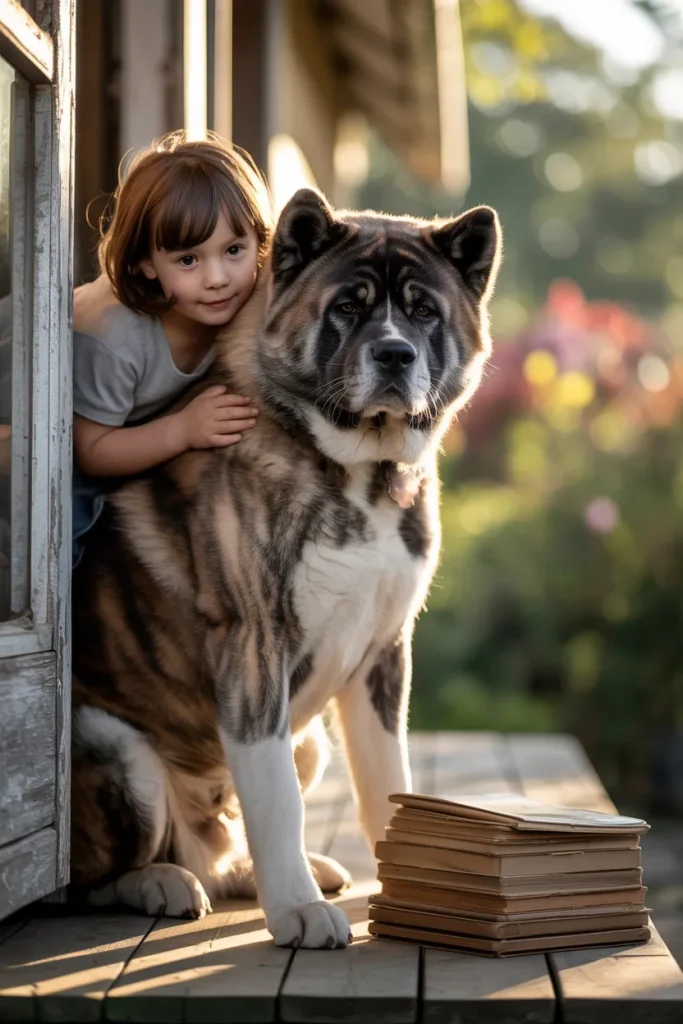
Conclusion: Choose Devotion, Every Day
Hachi: A Dog’s Tale isn’t selling a myth—it’s showing the simple math of love: small, consistent choices added up over time. Whether you’re drilling a recall, answering a “You okay?” text, or just pausing to look someone in the eye, you’re making deposits in a relationship bank.
So next time those paws thump at the door or a friend reaches out with a quiet check-in, what will you do? Drop the distraction. Be there. It’s not grandiosity that builds something lasting—it’s showing up, again and again. That’s how connection becomes legacy.
Disclaimer: This article is for informational purposes only and does not constitute professional veterinary advice. Always consult a licensed veterinarian or certified dog trainer regarding the specific needs and health of your dog.
